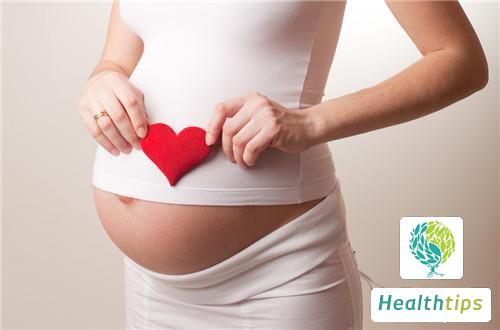It is generally determined whether a woman is pregnant in the uterus or not after 5 to 6 weeks of pregnancy. At this time, it can be seen on the B-ultrasound whether there is a gestational sac in the uterine cavity. If the gestational sac is in the uterine cavity, there is no bleeding or abdominal pain, and the HCG value is within the normal range, it belongs to intrauterine pregnancy. Therefore, it is essential for women to attach great importance to prenatal examination and diagnosis after pregnancy.

1. Especially in the early stage of pregnancy, when B-ultrasound may not be able to detect the embryo, blood tests are usually used to assess the condition of the embryo. Blood tests can provide information on HCG and progesterone levels. In the early stage, HCG levels double every other day. If progesterone levels gradually increase and double well, it indicates good embryonic development.
2. If the HCG level does not double well after blood tests, and progesterone levels do not increase properly, along with bleeding, it is necessary to consider whether it is a threatened miscarriage or an ectopic pregnancy. Therefore, it is also important to observe carefully in the early stage of pregnancy. If any bleeding or abdominal pain is found, it is essential to go to the hospital promptly for B-ultrasound examination.
3. Women should pay special attention to physical examinations after pregnancy, as any examination is related to their own and the fetus's healthy development. This allows timely response and minimization of harm when problems are detected during the examination.

